Digital fashion in Vogue
Non-fungible tokens are transforming fashion into an intangible asset, offering a whole new avenue for high-end brands to engage their customers. Wang Yuke reports from Hong Kong.
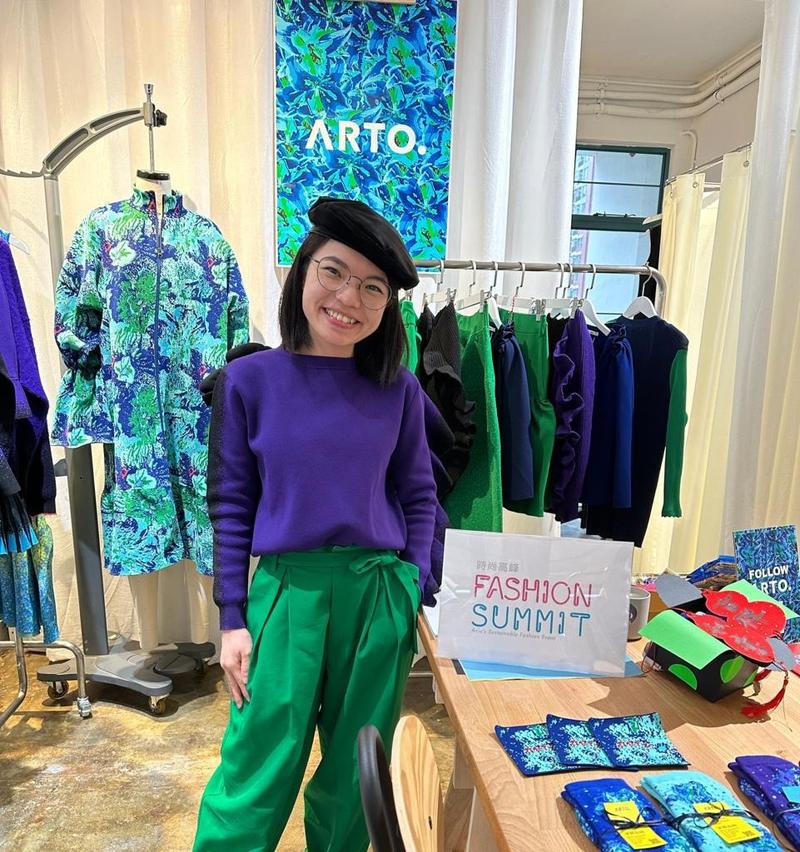
Hong Kong designers Arto Wong (above) and Mountain Yam made their first forays into NFT apparel design, which were showcased in Juxtaposed 2022 Fashion Meta. They have represented local designers in Fashion Summit (Hong Kong) voicing for the need to reshape fashion to be more sustainable. (PHOTO PROVIDED TO CHINA DAILY)
Luxuriant in a plume of ruffles that come in a flamboyant shade of colors, the knee-length coat displayed on a virtual marketplace exudes a combination of celestial airiness and fluffy coziness. The cascade of tulle in full bloom is assembled with chromatic strips of mesh all tied in knots.
The hand-woven piece, called "I still believe in LOVE", by Hong Kong designer Mountain Yam, is not a typical outwear seen in brick-and-mortar malls. It has its digital version available only on the ArtiFy NFT (non-fungible-token) space — the first one-of-a-kind NFT drop Yam has sunk his teeth into.
"It's not up for grabs, though. … Only for online views. It's more of our foray into new marketing tactics," says Yam. Triumphant about the sound reception from his customers, he says it enchants certain cohorts — young digital nomads and people aged 40 to 50 who take NFT collectibles as one-upmanship.
Associated by default with art, NFTs are breaking into the less-trodden route of fashion and transforming fashion from a functional necessity to an intangible asset.
According to data on the Vogue Business Index, 17 percent of brands on the index had touched on NFTs as of winter in 2021. And more brands, big and small, are hopping on the bandwagon, with online marketing being a new normal in the post-pandemic era.
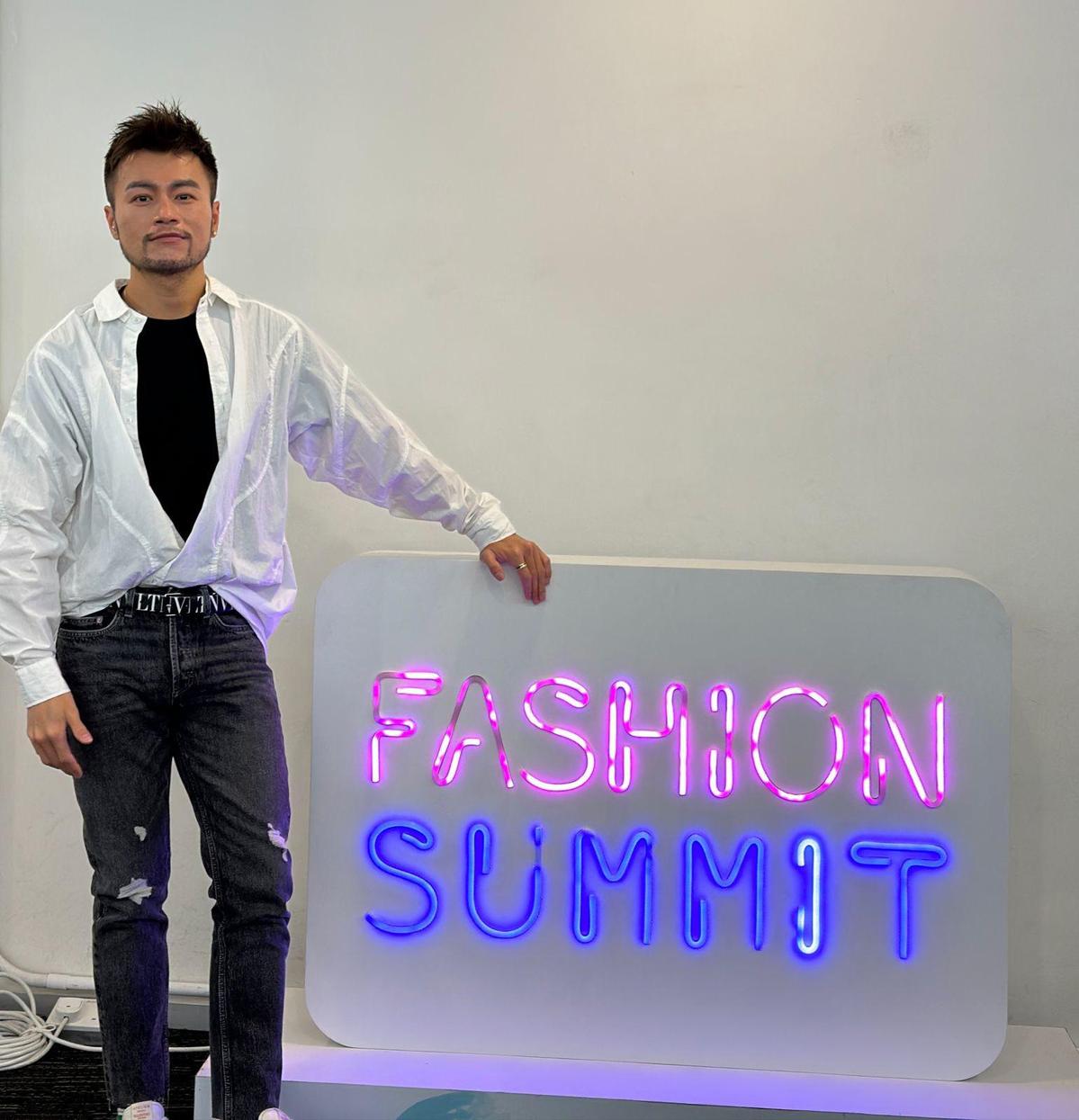
Hong Kong designers Arto Wong and Mountain Yam (above) made their first forays into NFT apparel design, which were showcased in Juxtaposed 2022 Fashion Meta. They have represented local designers in Fashion Summit (Hong Kong) voicing for the need to reshape fashion to be more sustainable. (PHOTO PROVIDED TO CHINA DAILY)
"NFTs for fashion are an incredible way to engage a younger and digitally social audience with luxury brands. Never before had there been ways for Prada, YSL and other high-end fashion brands to get products at an accessible price to a wider audience without diluting the product assortment and brand value, and digital fashion offers precisely that," says Syama Meagher, CEO of Scaling Retail — an innovative, international retail consultancy.
"Offering limited editions, exclusive wearables and NFT collectibles attract a mostly online audience. These consumers see value in a digital expression of self, the same way those of us socializing (in the physical world) see a value in expressing ourselves through the garments we wear," observes Meagher.
The 112 Mountain Yam, established in 2014, specializes in corporate uniform design and custom-made services until it steered audaciously away from the conventional course last year, minting the first NFT apparel and displaying it on the crypto platform. It's priced at 1.38 ethers — the equivalent of HK$20,412 ($2,600) at the time of writing. While it's not wholly new in the fashion realm, which has seen designer labels, such as Louis Vuitton, Gucci, Dolce & Gabbana and Burberry, as well as fast-fashion brands like Levi's, H&M and NIKE, running ahead of the NFT curve, it remains a niche for independent small labels like Yam's. He has represented local designers in Fashion Summit (Hong Kong) voicing for the need to reshape fashion to be more sustainable, and NFT is surefire way to sustainable fashion.
It's economically formidable for private brands to develop a scalable NFT collection with a budget constraint, laments Yam, but "we still need to ride with the tide".
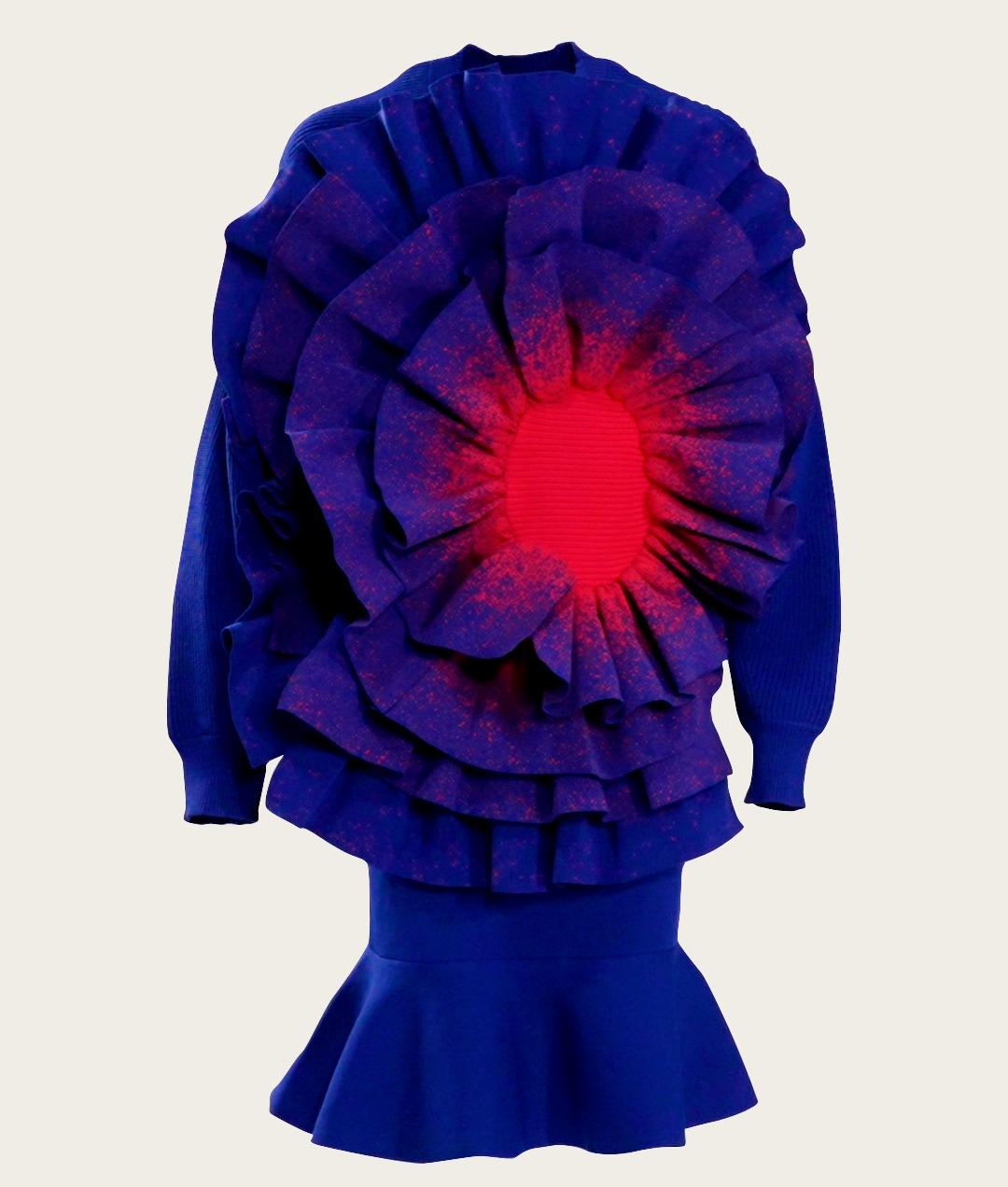
(PHOTO PROVIDED TO CHINA DAILY)
Behind NFT religion
Many of us may wonder: "What magic wand does NFT offer that tempts fashionistas to get an NFT religion?"
"Vanity" lurks in human nature as a prod to an impulsive buying and collection spree, says Yam. The very possession of a limited edition or the very chance to brag about a closet chock-full of extravagant vintage items fulfills the hunger for validation. However, the concern is that the proliferation of counterfeits in the physical market doesn't do justice to the ownership of authentic collectibles. That's where NFTs offer an answer, he says.
NFTs are one-of-a-kind digital tokens that prove ownership of an asset. A primary merit of NFTs lies in their transparency and relative safety about the digital asset's authenticity and changing hands of the ownership — the tokens are traded on a decentralized and digital public ledger, where the transactions can be recorded and traced.
"The acknowledgment or authentication of ownership — the irreplicable approval of belonging — delights the customer with superiority and exclusivity," says Yam. "Interestingly, you may find a serious fashion collector leaving their ‘harvests' gathering dust in the wardrobe," he says in jest. That's because they hoard, beyond the face value of a garment, for its back story and its narrative histories.
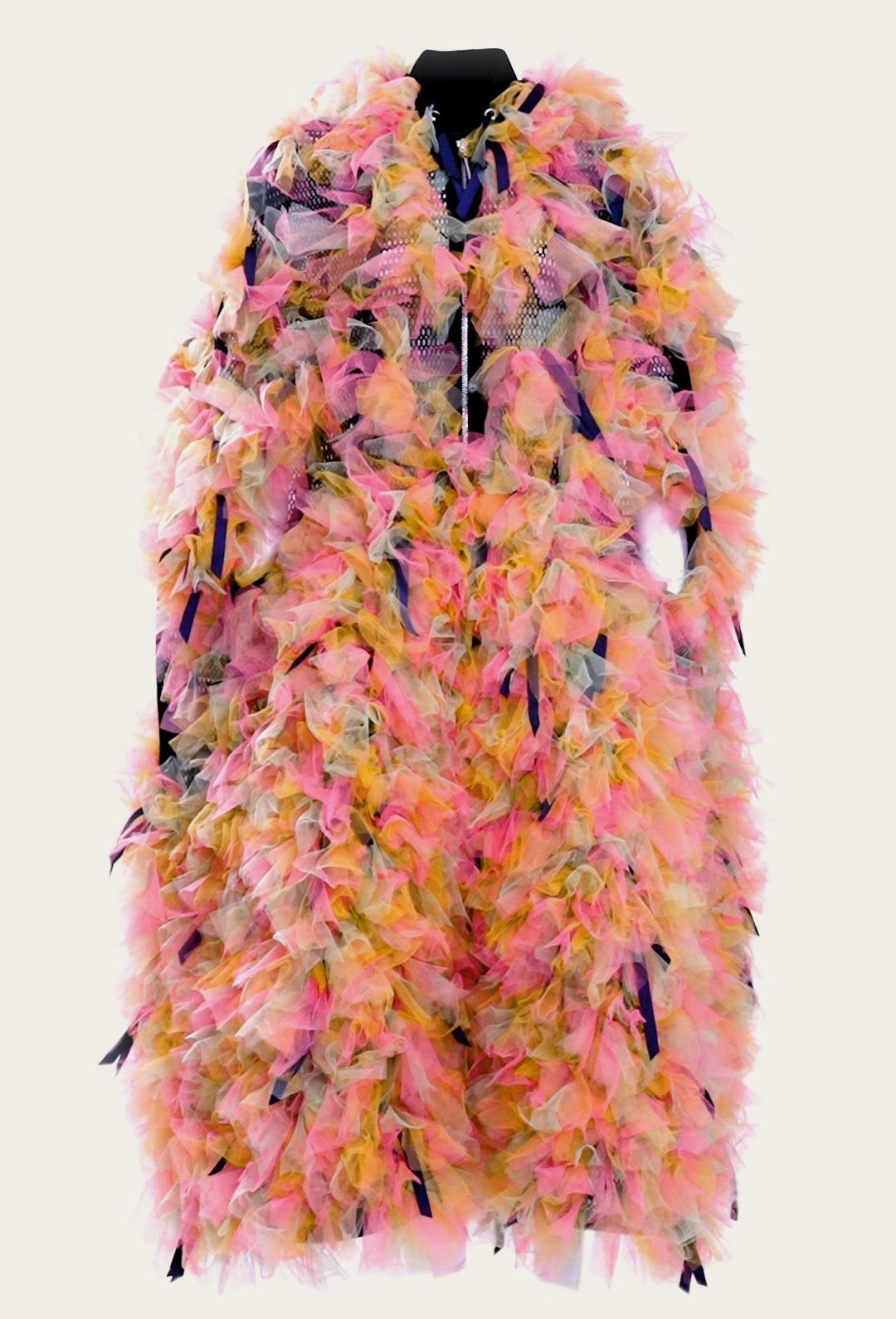
(PHOTO PROVIDED TO CHINA DAILY)
The ability to retrace a fashion item's lineage on the blockchain any time, as well as its story arc throughout its lifetime, elicits in the owner an emotional bond to the item, which is one of the most endearing benefits that NFTs proffer, Yam explains.
"New post-purchase experiences are redefining ownership and even loyalty because owning certain items can now unlock a timeless journey between digital and physical dimensions," says Marjorie Hernandez, co-founder of The Dematerialised, Web3 Marketspace powered by the LUKSO Blockchain.
Fair to say, the crypto system lodges not only the record of transaction history, but also the memory that the NFT holder attaches to the clothes.
The enigmatic materialization of the metaverse, complete with the growing sophistication of technologies such as virtual reality and augmented reality, further blurs the line between physical fashion and virtual style. Hence, a newly coined term, "physi-tual".
The incorporation of NFTs into their apparel lines unlocks a whole new avenue for fashion brands to engage with their customers and, more hearteningly, whet the appetite of a new clientele. The introduction of NFTs in fashion could help swell the ranks of royal membership through a semblance of "invite-only" entertainment — only owners of the brand's NFT tokens are furnished with the privilege of exclusive features. In other words, NFTs, when combined with garments, act as a key to a door of VIP perks, running the gamut of digital content, VR tours, forums, sneak peeks at a new season collection, preferential discounts and limited editions.
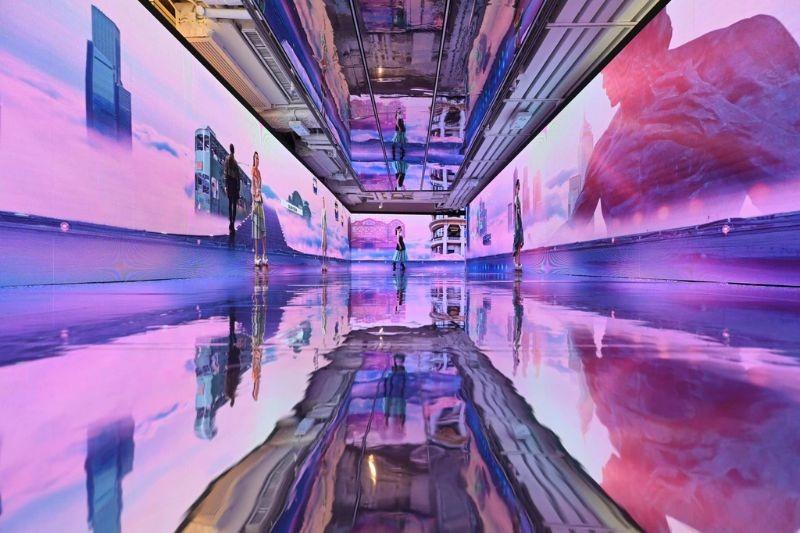
(PHOTO PROVIDED TO CHINA DAILY)
Utility means privilege
"Token gated experiences and exclusive access to events based on verifiable ownership is on the rise in Web3," says Hernandez. As such, she said, she believes brands anchored on future-proof building blocks that "allow a seamless onboarding experience" stand to win over brands built on a conservative house of cards because the former command more leeway in engaging both new communities and pre-existing ones comprising loyal customers.
Purchasing NFT fashion items comes with "privilege" as a package. Yam has cottoned on that and envisions regaling his NFT customers with a "club" in which they can play with their wardrobes by styling and "mix and match" on their avatars. This is not a figment of his imagination, as it has already happened in Hong Kong.
In the Juxtaposed 2022 Fashion Meta — the first-ever virtual fashion show held in the special administrative region — audience members immersed themselves in trying out wearable art pieces on customized virtual avatars in the realm of the "JuxtaVerse". The first NFT apparel by another Hong Kong designer, Arto Wong, was exhibited at the show.
The marriage of NFT and fashion gives designers a carte blanche, making the impossible in the physical space possible in Web3, acclaims Wong. "It can be gravity-defying, whimsically larger-than-life …"
Wong's design features highly-saturated color palettes and contoured silhouette defined by a conspicuous train of ruffles on sleeves and hems. Arto embraces unabashed self-expression and identity exploration through the clothes that we sport and interact with, which is part of the paradigm shift that the fashion industry continues to undergo.
"Web3 renders my design virtually 3D, turning the ruffle's stillness into aliveness," says Wong, whose belief in clothes bringing energy to the wearer permeates her design.
"The future will be less material than the present. In our increasingly digital world, expressing identity in the digital realm is just as important as in our physical dimension," observes Hernandez.
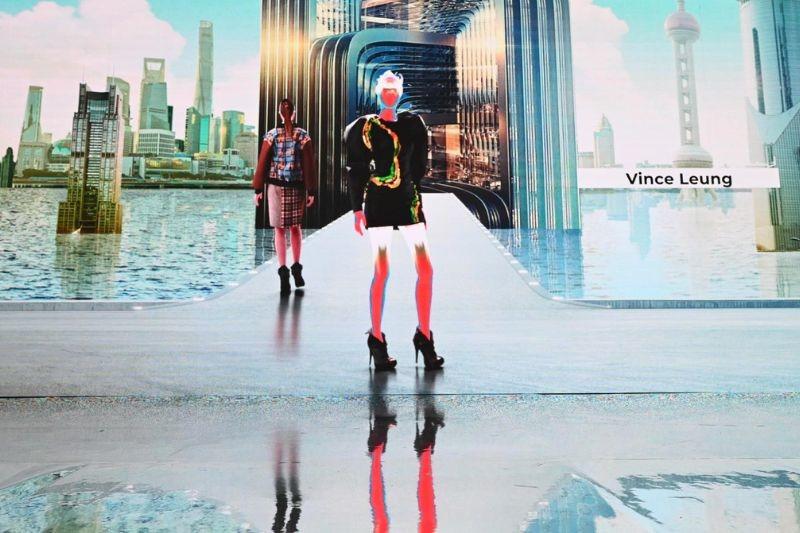
(PHOTO PROVIDED TO CHINA DAILY)
There's such a craze around the merging of NFTs, gaming and the metaverse because it brings human-object interaction to the surreal dimension, realizing the mutability of everything — fluidity and equality of identity without fear of judgment in fashion, which is a nod to Wong's design essence. "The unfettered interaction between customers and the NFT wearable in the virtual space would not only visualize my design but flatter it," says Wong.
"Pixel dots" is another recurring pattern in her eco collection, which, Wong explains, connotes "eternity", as the pixel's reach seems infinite. Articulation of this imaginary idea is somewhat curtailed in reality, but NFT-minting a pixel-studded apparel and bringing it to the metaverse demystifies it. "Web3 will give the pixel motif a kinetic twist, … an illusion of boundless elongation. That's the exact meaning I want to convey."
That anything associated with NFT seems to be lacquered with a glitter of sophistication and extravagance is often exploited by some brands as a marketing hype and gimmick to lure customers. But there's some truth to it that Wong can attest to. Since she introduced the first NFT drop, she says, "my brand gets on more people's radar," speaking of the benefit of the "NFT touch" on brand awareness. Nevertheless, some naysayers argue that NFTs shouldn't be used as a marketing sleight of hand, but as a vehicle for cultivating a wholesome business-to-customer relationship.
"Launching NFTs, in general, has proved to be a misstep for many brands that have not focused on the maintenance of these programs. They launch one NFT collection and then don't do anything else, just for the marketing or PR hype," concurs Meagher.
To attract and retain new customers necessitates a committed "go-to market strategy" and "thoughtfulness", she says. "Many small brands do not have the bandwidth or recourse to build out programs like this because it requires planning like any new revenue stream."
Her caveat is: The No 1 question any fashion brand should ask itself before taking the first NFT plunge is: ‘How can I use this technology to better service my customers?' The answer might revolve around access of privilege to a host of services or opportunities that are off-limits to non-NFT-owners.
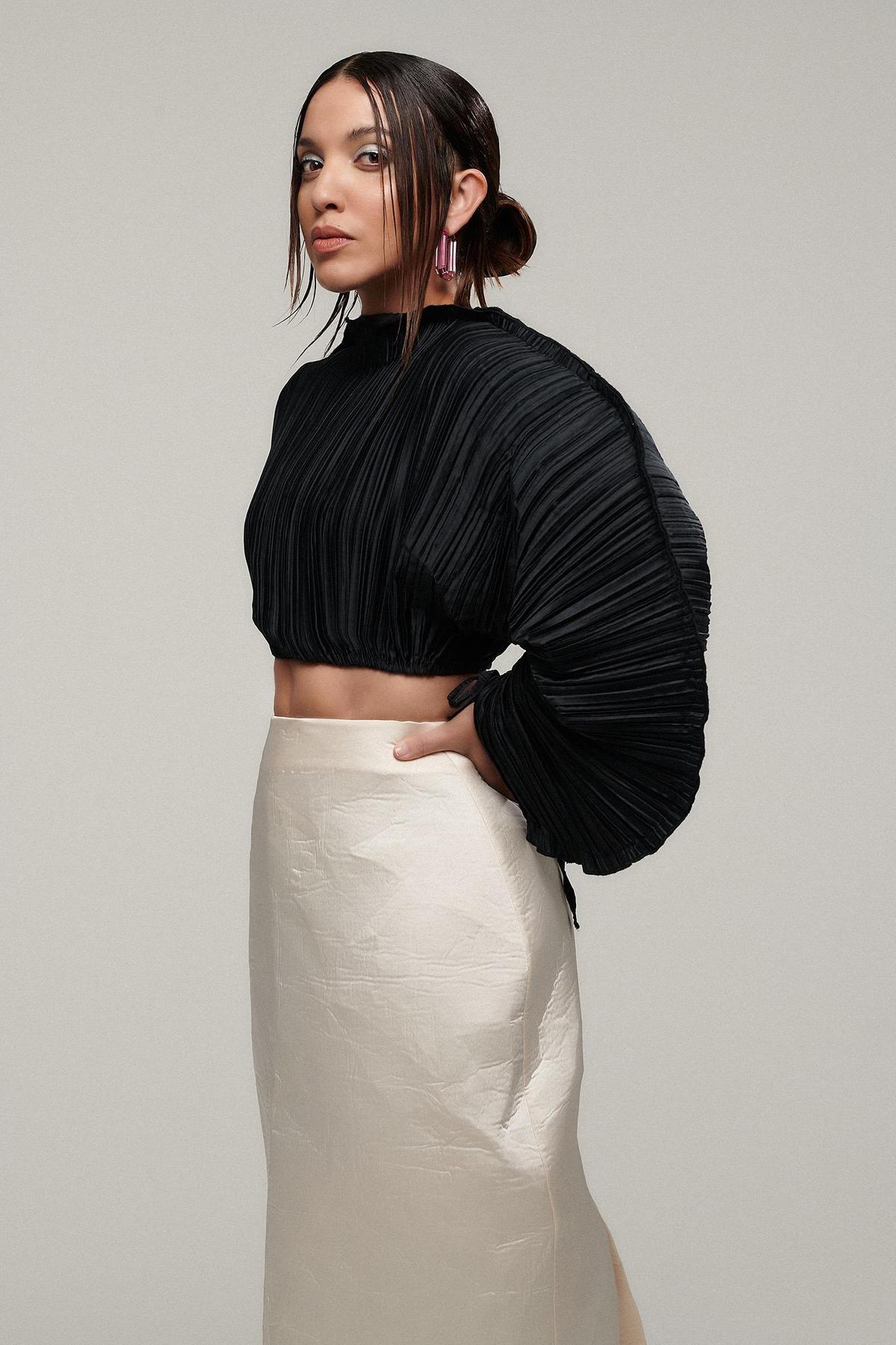
(PHOTO PROVIDED TO CHINA DAILY)
Too early to seal the fate
Taking the fate of NFT fashion into perspective, Yam insists it's largely incumbent upon full-fledged players, be it technology corporations, fashion conglomerates or avant-garde designer labels, to lead the way to bring the idea into relief.
"For low-budget independent brands like us, it's not economically viable to develop a whole suite of systems and technology (that supports crypto fashion on the metaverse) from scratch," says Yam, implying that he would err on the side of caution. "But if there are ready resources available for us small players to pool together, more of us will be keen to jump aboard."
Adopting a wait-and-see tactic, he tends not to develop dedicated NFT product lines until the market demand booms. "The eagerness (for NFT garments) has to be continuity (before I take the plunge). If it's merely intermittent, or concentrated among a small group of customers, the NFT drop will only become a ‘bubble' at the end of the day," he says.
His wary sentiment is echoed by Arto Wong, who also intends to test the water without funneling ample resources into NFT designs, before NFT fashion becomes universally "a la mode".
Carving out an NFT product line really takes a village, Wong says. "It's too early for me to act because the technologies involved are still in the process of refining their finesse."
At the Dematerialised, Hernandez helps emerging designers, as well as designer labels, to create and issue digital assets, and ease them into Web3 or a "new creative economy", as he puts it, without technical complexity. But such support hasn't been readily accessible.
"To have a true mainstream adoption of blockchain technology for both users and creators, the user experience needs to change, and the onboarding process has to be more streamlined and seamless," Hernandez says.
A clumsy metaverse or technologies with rough edges could discredit the glam of digital fashion. Meagher knows it well, recalling an occasion when she found that the fashion parties in the so-called metaverse were "anything but fashionable".
"The metaverse is likely to continue evolving through emerging platforms, implementing new standards that enable a user-friendly Web3 experience for NFT fashion and open, interoperable ecosystems", where brands can perfect the virtual post-purchase experiences, says Hernandez.
Wong backs the idea that digital fashion will "redefine fashion" as a dynamic mirroring, empowering the wearer beyond its functionality that's today embedded in conventional wisdom.











